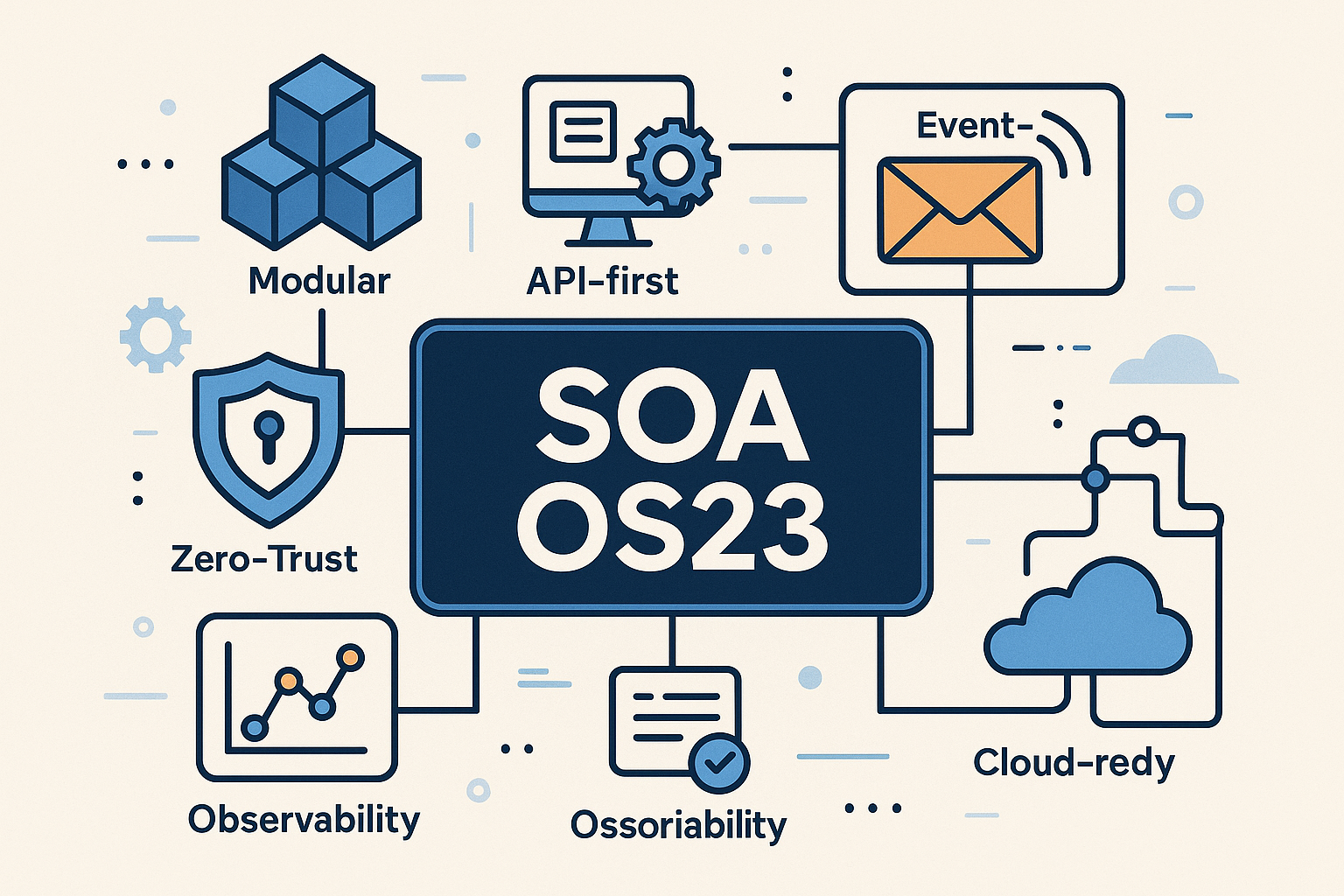
SOA OS23: Revolutionizing Service-Oriented Architecture in the Digital Age
October 18, 2025
Anonib AZN: Exploring the Anonymous Image Board for Asian Content
October 19, 2025In an era where sustainable energy is no longer a luxury but a necessity, HMS Photovoltaik stands out as a game-changer in the renewable energy landscape. Combining advanced technology with efficient solar power generation, HMS Photovoltaik offers innovative solutions that empower homeowners, businesses, and communities to harness the sun’s energy more intelligently. Whether you’re looking to reduce your carbon footprint or cut down on electricity bills, understanding HMS Photovoltaik can open doors to a greener future. This comprehensive guide dives deep into what makes HMS Photovoltaik a frontrunner in smart solar systems, exploring its workings, benefits, and more.
What is HMS Photovoltaik?
HMS Photovoltaik refers to Hybrid Management Systems designed specifically for photovoltaic (solar) energy installations. The term “HMS” typically stands for Hybrid Management System, integrating hardware, software, and monitoring tools to optimize solar power production. At its core, HMS Photovoltaik enhances traditional solar panels by adding layers of intelligence, such as real-time data analytics, energy storage coordination, and grid interaction. Unlike basic photovoltaic setups that simply convert sunlight to electricity, HMS Photovoltaik incorporates smart features to make the system more efficient and user-friendly.
Originating from advancements in German solar technology—where “Photovoltaik” is the standard term for photovoltaics—HMS Photovoltaik has evolved to include microinverters, IoT connectivity, and predictive maintenance algorithms. Companies like Hoymiles have popularized series such as the HMS-300 to HMS-500 microinverters, which connect directly to individual solar panels for module-level optimization. This approach addresses common issues in older string inverter systems, where shading or panel failure could drag down the entire array’s performance.
In essence, HMS Photovoltaik bridges the gap between passive solar energy capture and active energy management. It allows users to monitor production via mobile apps, predict energy yields based on weather data, and even integrate with home automation systems for seamless operation. As global demand for renewable energy surges, HMS Photovoltaik represents a shift toward more resilient and scalable solar solutions.
How Does HMS Photovoltaik Work?
Understanding the mechanics of HMS Photovoltaik starts with the basics of photovoltaic technology. Solar panels, made from silicon cells, absorb sunlight and generate direct current (DC) electricity through the photovoltaic effect. However, homes and grids use alternating current (AC), so inverters are essential to convert DC to AC.
HMS Photovoltaik takes this a step further with hybrid management. Each solar panel is paired with a microinverter, like those in the Hoymiles HMS series, which handles conversion at the panel level. This setup includes Maximum Power Point Tracking (MPPT) to ensure each panel operates at peak efficiency, regardless of varying sunlight conditions. The “hybrid” aspect comes from integrating battery storage and grid-tie capabilities, allowing excess energy to be stored or sold back to the utility.
The system relies on sophisticated software for monitoring. Sensors collect data on energy output, temperature, and voltage, feeding it into a central hub or cloud platform. Advanced algorithms analyze this information to optimize performance—for instance, adjusting output during peak demand or alerting users to potential issues like dirt accumulation on panels. Reactive power control ensures compliance with grid standards, preventing disruptions and enhancing stability.
In practice, HMS Photovoltaik works seamlessly in both residential and commercial settings. For a typical home installation, sunlight hits the panels, microinverters convert and optimize the power, and the management system routes it to appliances, batteries, or the grid. This intelligent orchestration not only maximizes energy harvest but also extends the lifespan of the components through proactive maintenance.
Benefits of HMS Photovoltaik
Adopting HMS Photovoltaik brings a multitude of advantages, making it a smart investment for anyone transitioning to solar energy. First and foremost, it boosts efficiency. By optimizing each panel individually, HMS systems can increase overall energy yield by up to 25% compared to traditional setups, especially in partially shaded environments.
Cost savings are another major perk. With real-time monitoring, users can track consumption patterns and adjust usage to minimize bills. Many HMS Photovoltaik systems qualify for incentives like tax credits or feed-in tariffs, accelerating return on investment. Environmentally, it reduces reliance on fossil fuels, cutting greenhouse gas emissions and promoting sustainability.
Durability and reliability set HMS Photovoltaik apart. Microinverters in these systems often come with 25-year warranties, outlasting central inverters. The modular design means if one panel underperforms, the rest continue at full capacity, unlike string systems where a single fault affects all.
Moreover, the smart features enhance user experience. Mobile apps provide insights into daily production, historical data, and even carbon savings. For businesses, scalable HMS Photovoltaik installations support larger arrays, integrating with energy management software for operational efficiency. In regions with unstable grids, the hybrid capabilities ensure backup power during outages, adding resilience.
Overall, the benefits of HMS Photovoltaik extend beyond energy production to foster a more connected, efficient, and eco-friendly lifestyle.
Applications and Use Cases of HMS Photovoltaik
HMS Photovoltaik finds applications across diverse sectors, showcasing its versatility. In residential settings, homeowners use it for rooftop solar arrays, where space constraints demand high efficiency. For example, a family in a suburban home can install HMS-equipped panels to power daily needs, store excess in batteries for evening use, and sell surplus to the grid.
Commercial buildings benefit from HMS Photovoltaik through large-scale implementations. Offices, warehouses, and retail spaces leverage the system’s monitoring to optimize energy costs, often integrating with building management systems for automated controls. In agriculture, farms employ HMS Photovoltaik for off-grid irrigation pumps or greenhouse lighting, reducing operational expenses.
Educational institutions and public facilities are increasingly adopting HMS Photovoltaik for sustainable initiatives. Schools can use it to teach about renewables while powering campuses, and municipalities integrate it into street lighting or community solar projects. Even in remote areas, HMS Photovoltaik enables microgrids, providing reliable power where traditional infrastructure is lacking.
Case studies highlight success: A German factory reported 30% energy savings after switching to HMS Photovoltaik, thanks to predictive analytics that minimized downtime. These use cases demonstrate how HMS Photovoltaik adapts to various needs, driving widespread adoption.
Installation and Maintenance of HMS Photovoltaik
Installing HMS Photovoltaik involves several steps but is straightforward with professional help. Start with a site assessment to determine panel placement, considering factors like roof angle and shading. Certified installers then mount the panels, attach microinverters, and connect to the electrical system.
The process typically takes 1-3 days for a home setup, followed by commissioning where the management software is configured. Costs vary by system size, but incentives can offset expenses. Maintenance is minimal—regular cleaning of panels and software updates suffice. The monitoring system alerts to issues, allowing for timely interventions without routine inspections.
For longevity, follow manufacturer guidelines, such as those from Hoymiles for their HMS series, ensuring compliance with local regulations. With proper care, HMS Photovoltaik systems can operate efficiently for decades.
The Future of HMS Photovoltaik
Looking ahead, HMS Photovoltaik is poised for exciting developments. Integration with AI and machine learning will enable even smarter predictions, optimizing energy based on user habits and weather forecasts. Advances in battery technology will enhance hybrid capabilities, making off-grid living more viable.
As global policies push for net-zero emissions, HMS Photovoltaik will play a key role in large-scale renewable projects. Innovations like bifacial panels and improved microinverters will boost efficiency further. The future promises more affordable, accessible, and intelligent solar solutions through HMS Photovoltaik.
FAQs
What does HMS stand for in HMS Photovoltaik?
HMS typically stands for Hybrid Management System, combining hardware, software, and monitoring for optimized photovoltaic performance.
Is HMS Photovoltaik suitable for small homes?
Yes, its modular design makes it ideal for residential use, scalable from a few panels to larger arrays.
How does HMS Photovoltaik differ from traditional solar systems?
Unlike basic systems, HMS Photovoltaik includes smart monitoring, individual panel optimization, and energy storage integration for better efficiency.
What is the lifespan of an HMS Photovoltaik system?
Most components, including microinverters, last 25 years or more with proper maintenance.
Can HMS Photovoltaik work during power outages?
With battery storage in hybrid setups, yes—it provides backup power independently of the grid.
Are there government incentives for installing HMS Photovoltaik?
Many countries offer tax credits, rebates, or subsidies for solar installations, including those with HMS features.
Final Words
In conclusion, HMS Photovoltaik is more than just a solar solution; it’s a pathway to sustainable living in a world facing climate challenges. By embracing this technology, individuals and organizations can contribute to a cleaner planet while enjoying economic benefits. As innovations continue, HMS Photovoltaik will undoubtedly lead the charge toward a solar-powered future. If you’re considering going solar, exploring HMS Photovoltaik could be your best step forward—efficient, smart, and environmentally sound.

